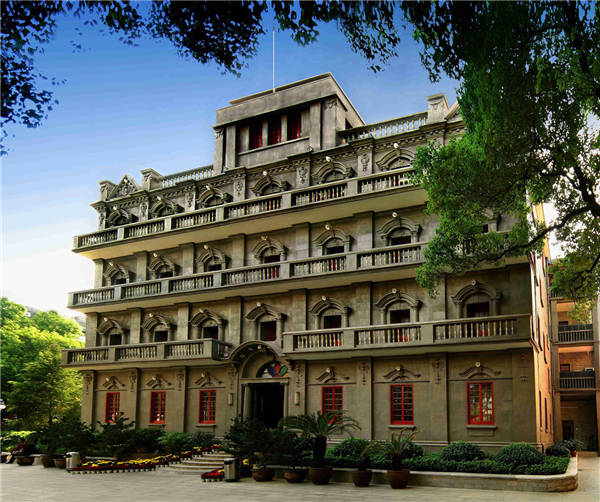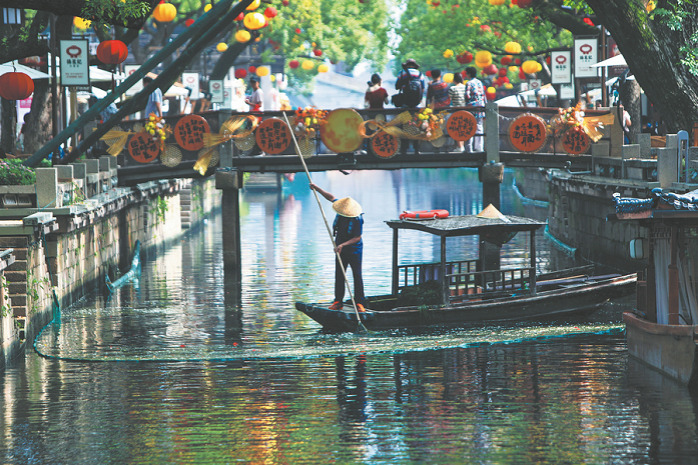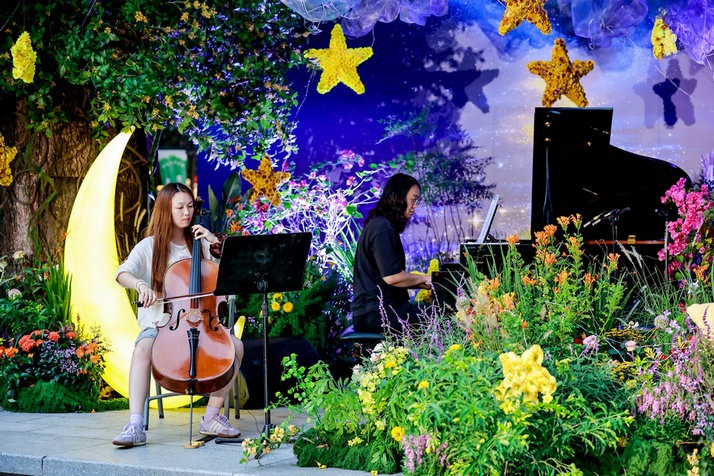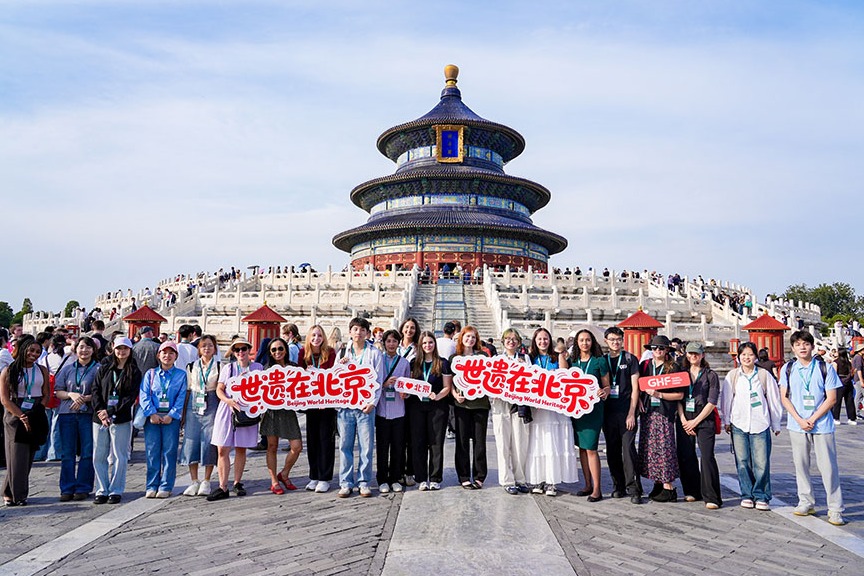A cradle of the revolution


Ruijin
Following the success of the Jinggangshan Revolutionary Base and a series of guerrilla attacks, Mao, Zhu De and other Red Army leaders founded the Central Revolutionary Base and the Chinese Soviet Republic.
The provisional central government of the Chinese Soviet Republic was founded in Jiangxi on Dec 7,1931, with Ruijin as its capital. Mao assumed the chairmanship.
The Red Army, comprising mainly workers and farmers, became the Party's authorized armed force.
Kuomintang attacks forced the Red Army to evacuate the Central Revolutionary Base in October 1934 and begin the Long March.
But the regime provided valuable references for the construction of revolutionary bases during the War of Resistance Against Japanese Aggression (1931-45) and the War of Liberation (1946-49), as well as the establishment of New China's administrative system.
Ruijin's tourism development has gone beyond tapping its historical resources to also focus on sustainability, in hopes of developing both red and green travel. It seeks to become a zero-waste city, says Zhong Yanlin, director of Ruijin's revolutionary destination research center.
An exemplar is the Yuxue Ruijing scenic spot built in an abandoned quarry, after more than four decades of mining damaged the vegetation and surrounding environment.
"The scenic spot was created in 2019 and opened to the public in January 2020, transforming the mountains into a grand stage for an immersive play with a cast of over 200 performers and advanced lighting technology," Zhong says.
"It transports audiences back to that era so they can closely observe the establishment of the Chinese Soviet Republic and the Red Army's departure along the Long March."
Since 2018, the city has been transforming defunct factories and schools into red-education bases. For instance, the Hongyuan training base in a renovated factory hosts lecture halls, canteens and dormitories that can accommodate over 600 students.
The city has also been preserving its historical sites with sustainable measures and promoting zero waste to the general public.


































